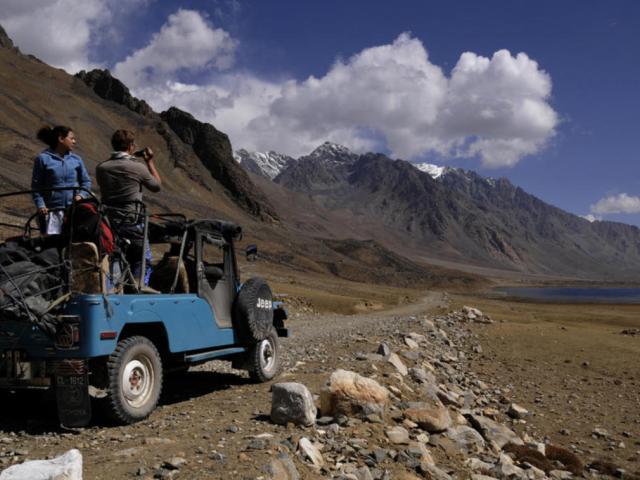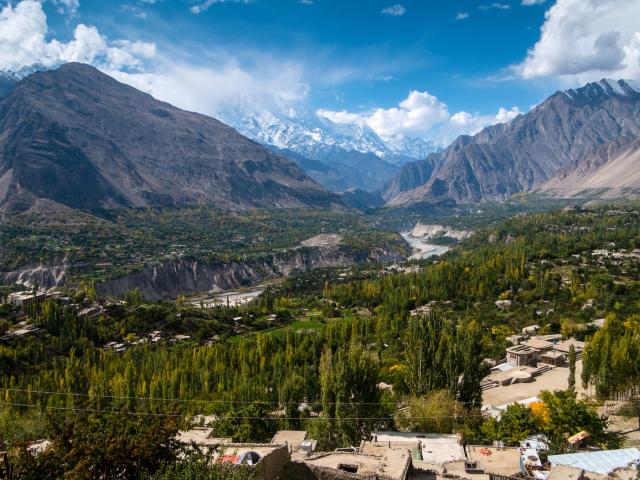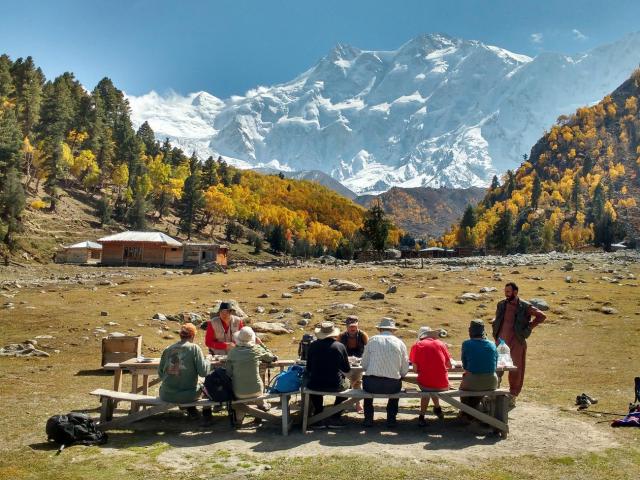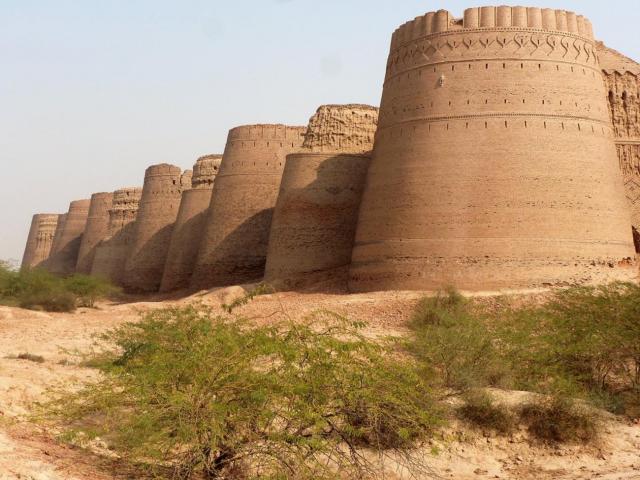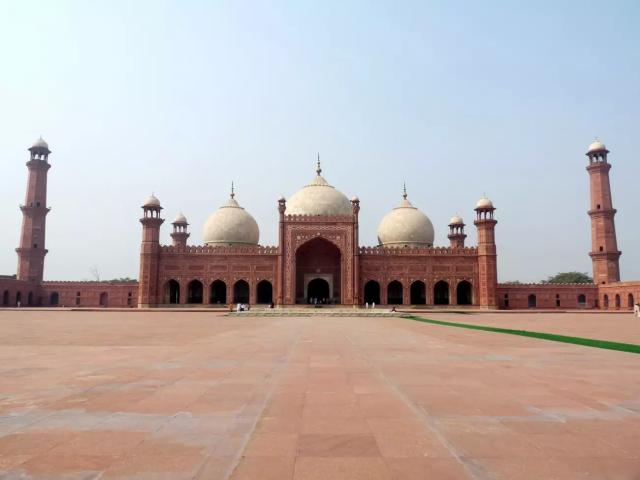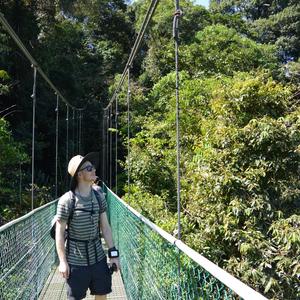Pakistan is a country of true natural beauty, home to some fantastic mountain peaks, lush green landscapes and archaeological sites for the truly curious. There isn’t much else you could ask for from the ultimate adventure destination but unfortunately (or fortunately for those lucky few) due to the amount of negative press Pakistan receives, it is still untouched by western tourism.
Wild Frontiers have a deep connection with Pakistan. It was here, in the Northwestern Frontier, that our Founder Jonny Bealby hatched the plan for the company in the late 1990s. Since then we have travelled to the furthest regions of Pakistan in search of new adventures and experiences.
From those numerous travels, we have pulled together what we think are the best places to visit in Pakistan. So, without further ado...
Bahawalpur
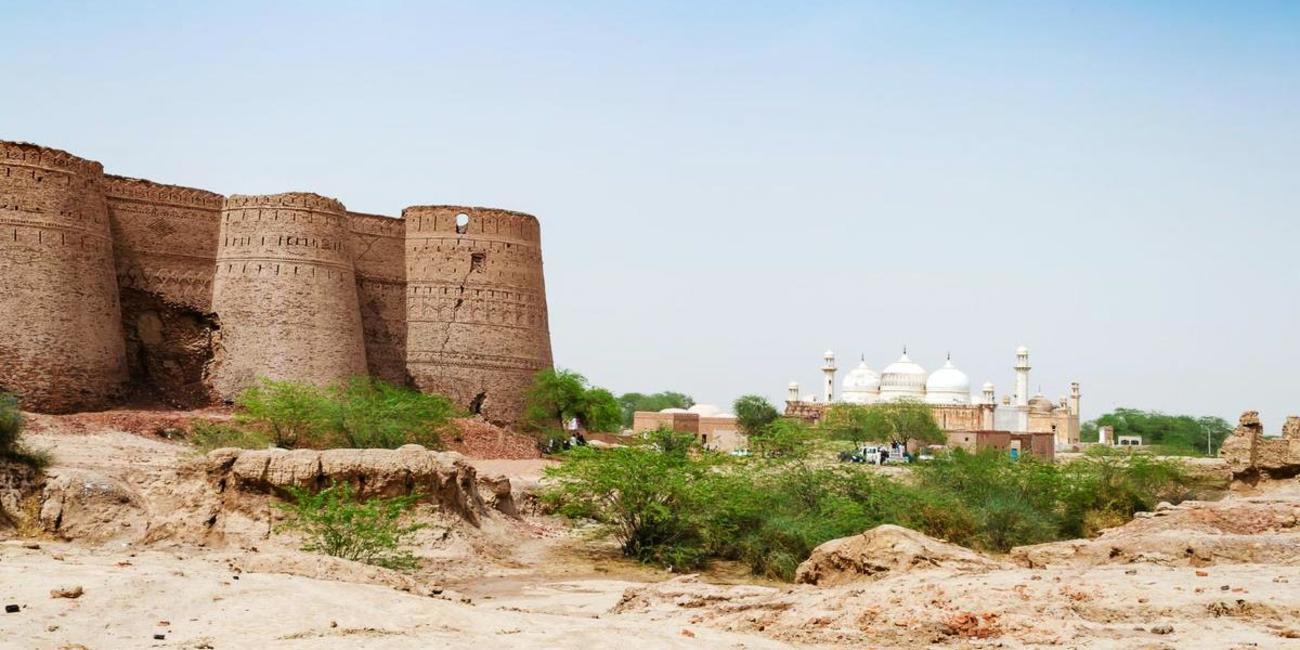
Lying amongst the arid landscapes of the Cholistan Desert, close to the border with neighbouring India, Bahawalpur once lay at the heart of a princely state that formed part of the Rajputana States that stretched across Rajasthan in neighbouring India. Ruled over by the Nawabs, the city is filled with an impressive array of monuments that date back to those golden days, including the Noor Mahal, the Farid Gate and the royal tombs, found amongst the imposing majesty of the Derawar Fort, 100 kilometres to the south. The fortress itself dates back to the 9th century AD, its impressive 30 metre high walls encompassing some 40 towering bastions that can be seen for miles across its desert setting.
Chitral
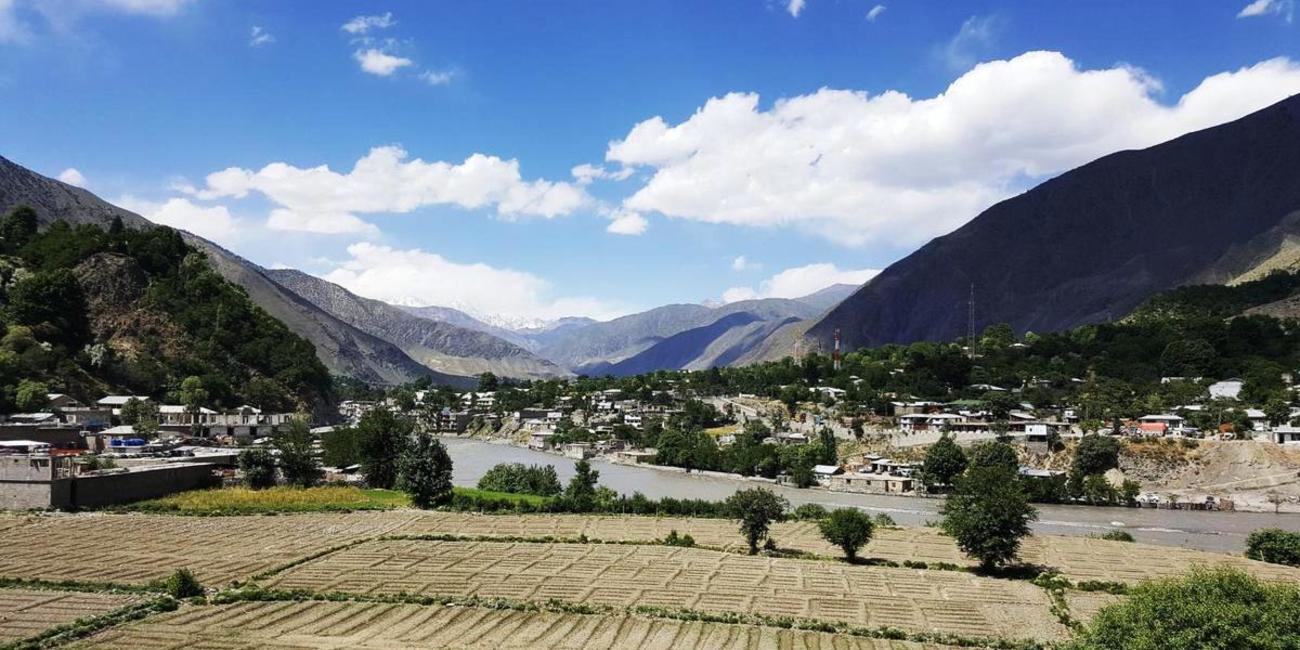
Nestled within a fertile valley beneath the mighty Tirich Mir - at 7,700m the highest mountain in the Hindu Kush - Chitral Town is a cosy place, inhabited by warm and welcoming people. A lively bazaar, many of the stalls and restaurants run by Afghan refugees, leads through its centre to the small airstrip at one end and the polo field at the other. The old mud fort, scene of the famous British siege, still rest on the banks of the Chitral River next to the Shahi Mosque. From here the hot springs of Garam Chashma, the Kalash Valleys, Mastuj and the Shandor Pass are all accessible. Cut off as it is from the rest of the country by high mountains, Chitral has developed its very own particular feel and charm that you simply must experience for yourself.
MORE INSPIRATION IN PAKISTAN
Deosai National Park
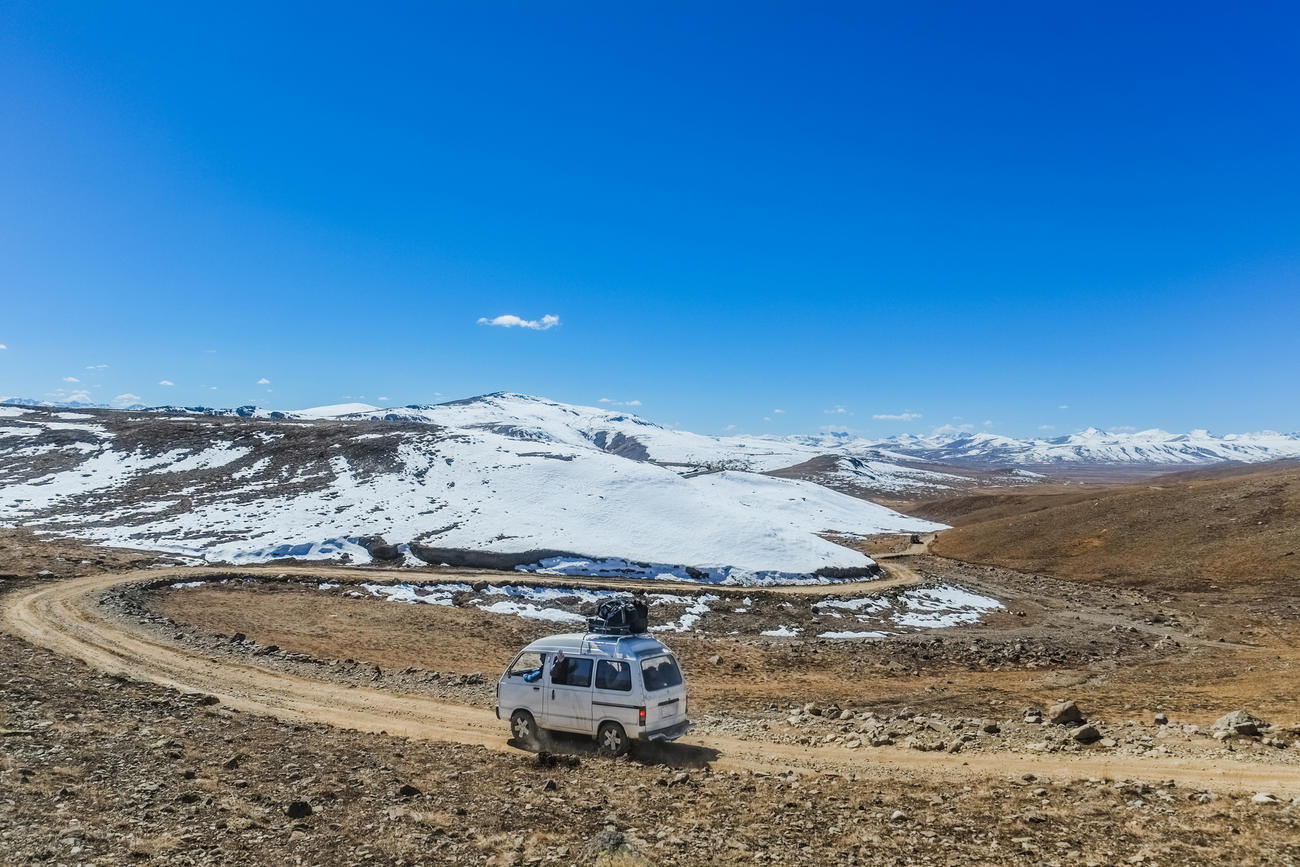
Renowned for its rich flora and fauna, the Deosai Plains lie along the alpine steppes of the Karakoram-West Tibetan Plateau. During the spring, these fertile plains are blanketed in millions of colourful wildflowers that attract a vast army of butterflies to their dazzling blooms. The highest plateau on the planet, spread across almost 3,000 square kilometres, it sits at the boundary of the Karakoram and western Himalayan ranges and its remarkable biodiversity has earned it the accolade of a national wilderness park. Established initially to secure the survival of the Himalayan brown bear, the park is also home to golden marmots, snow leopards and huge soaring lammergeiers.
Fairy Meadows
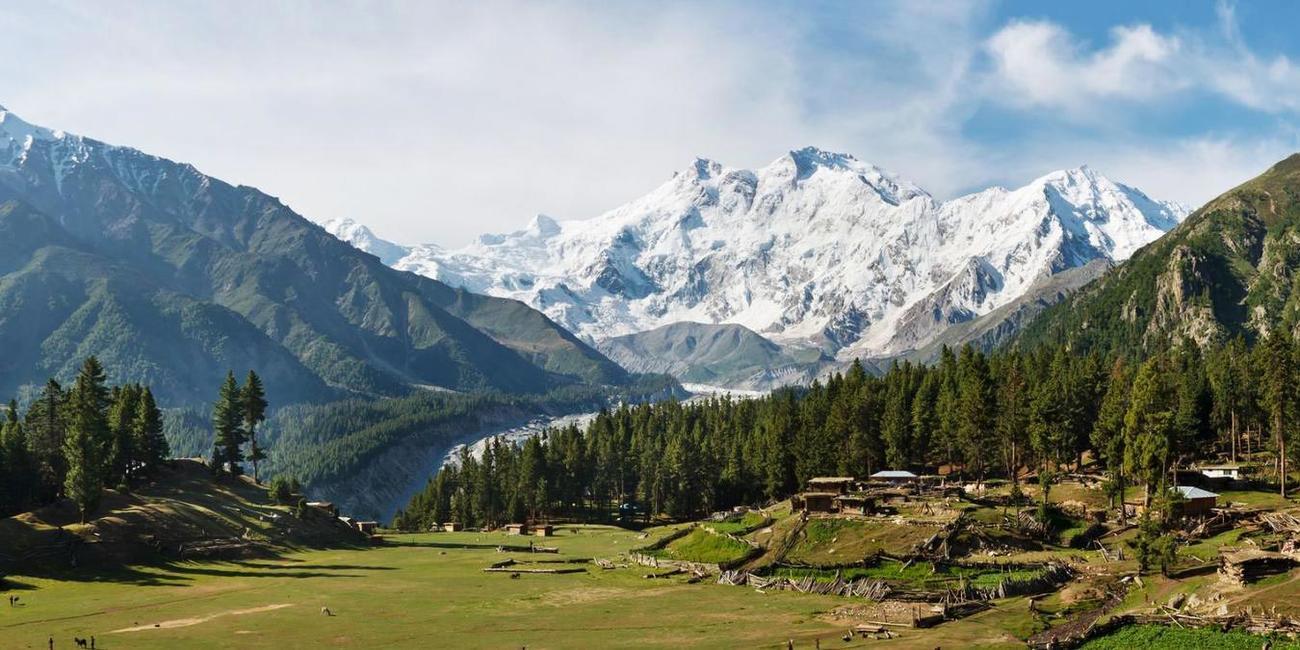
Pakistan is blessed with areas of matchless beauty and Fairy Meadows can easily be considered one of the most beautiful locations in the region and is an absolute must on the list of places to visit in Pakistan. It requires a hike of approximately three hours but the views of Nanga Parbat, the 8,000m plus Killer Mountain, are very rewarding. You will have the best views of Nanga Parbat from Fairy Meadows sitting comfortably in a cosy log cabin.
Gilgit
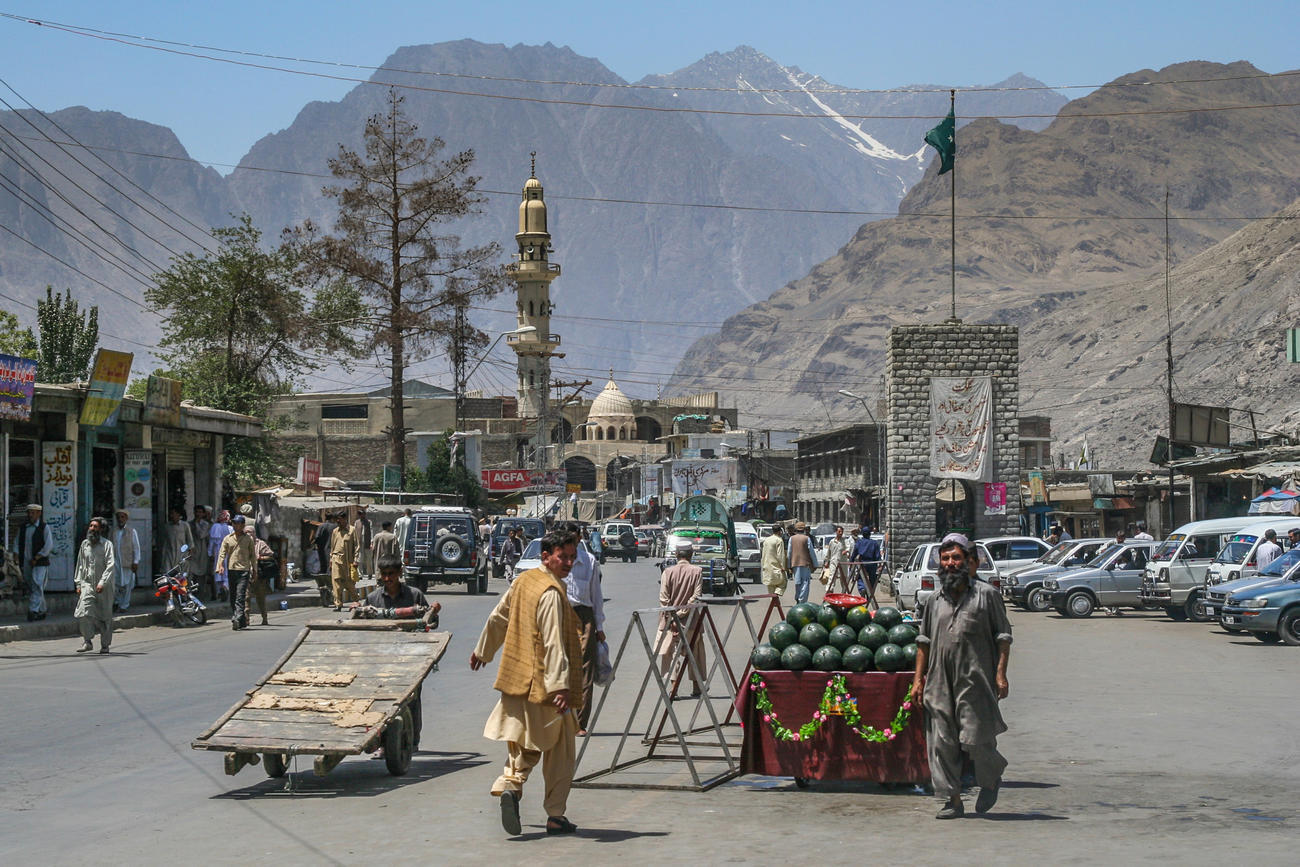
Gilgit, found within Gilgit Baltistan region, is certainly no postcard town. Encircled by stark black mountains it carries the oppressive feeling of a place cut off from the rest of the world. However, since the opening of the Karakoram Highway and the Kunjarab Pass, the old trade route between China and the subcontinent has flourished giving rise to a teeming bazaar packed with strange goods, animals and people. It is also a superb place to watch frontier polo, a wild version of the spectacular sport where few, if any, rules apply.
Hunza
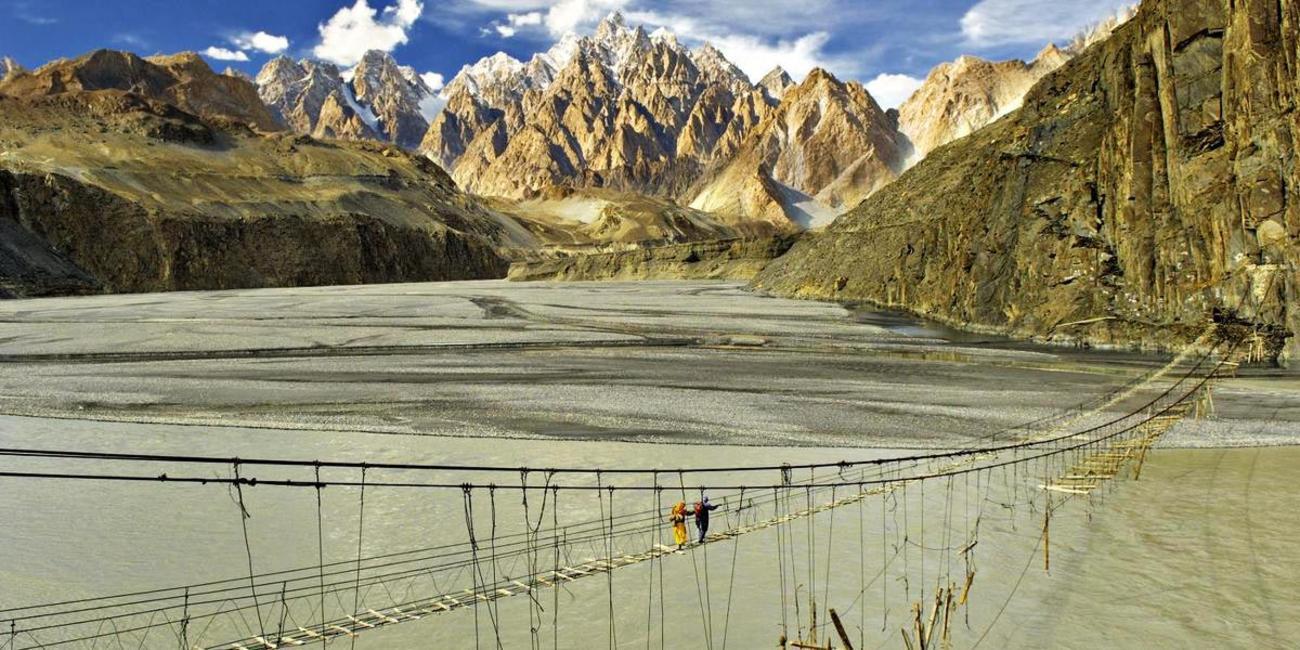
The area known as Hunza lies on the ancient Silk Road to Kashgar and today the Karakoram Highway follows the same route, with Karimabad being the region's main town. This small, mountainous region was, until recently, a semi-autonomous state but is now fully unified with Pakistan. It is named after Prince Karim Agha Khan, the spiritual head of the Shia Ismaili Nizari community and is one of the most beautiful areas of Pakistan. Cricket, Pakistan's national sport, is often played in the streets and as the people are famed for their friendliness and hospitality you might be asked to take part in a few overs. The main language here is Brushuski although most people understand some English and Urdu. The majority of the region's peoples are Ismaili Muslims.
Islamabad
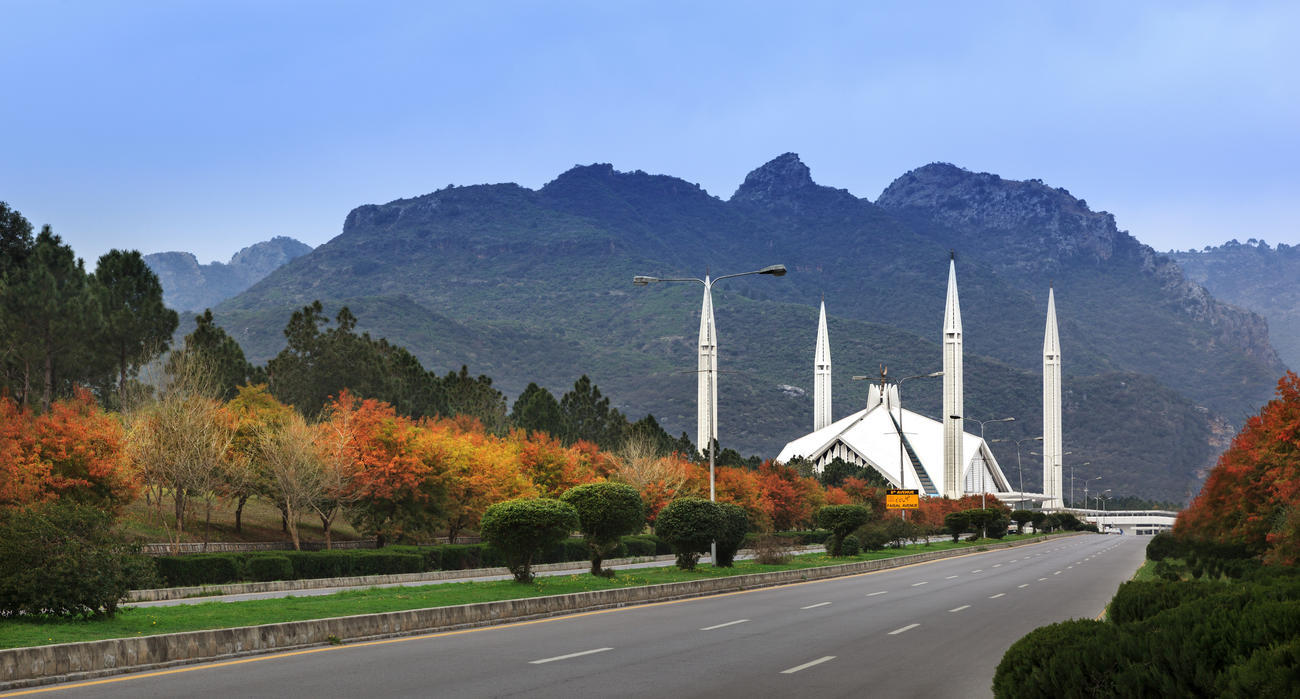
Islamabad has been the capital of Pakistan since 1967 when it moved from Karachi. As a relatively young city compared with others in the country, Islamabad does suffer from being somewhat sterile and characterless, and in all honesty is usually only used as a gateway to the rest of the country, but it is a good place from which to visit the bustling bazaars of Rawalpindi and the Buddhist ruins at Taxila and does boast some interesting sites such as the Faisal Mosque. As the capital and diplomatic centre of Pakistan, it is also home to some of the country’s best hotels and restaurants.
Karachi
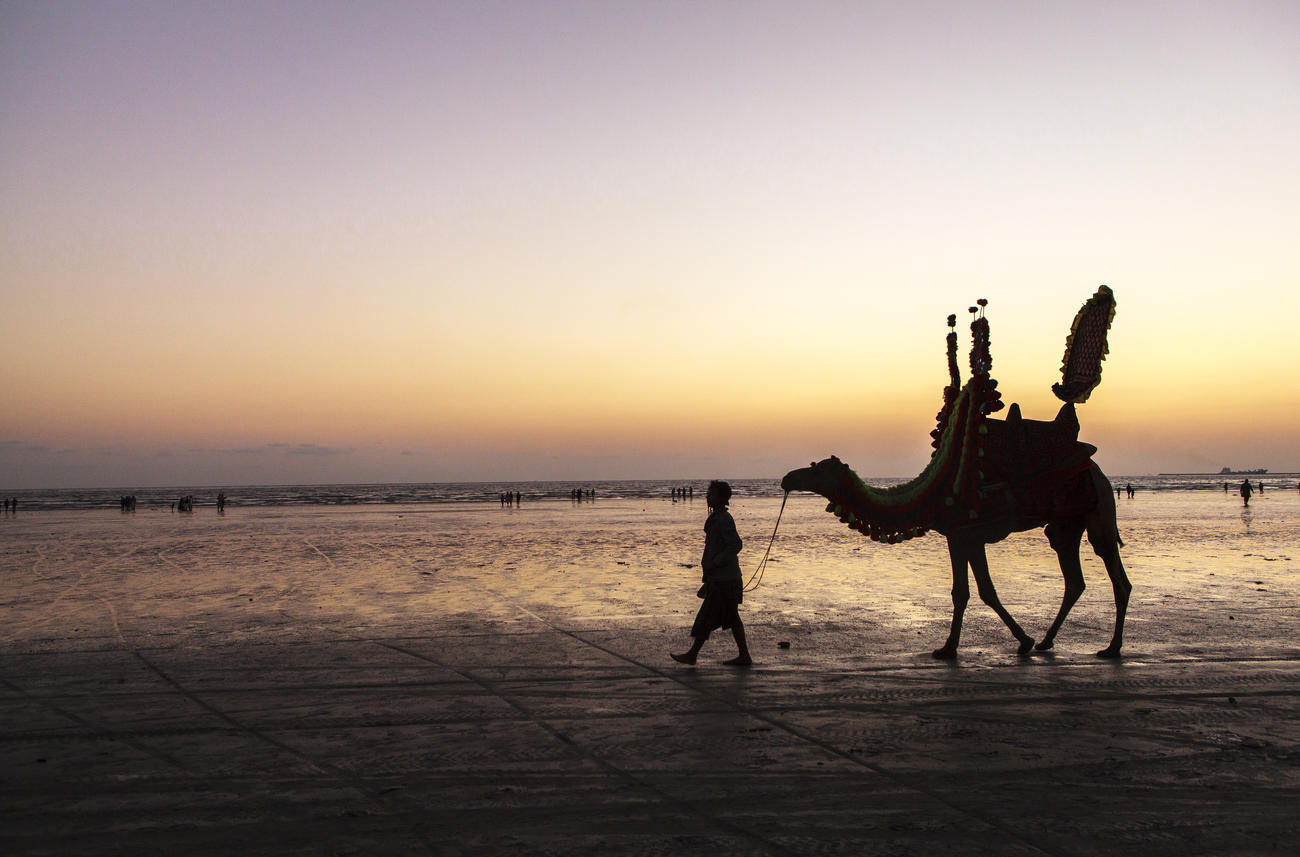
Pakistan’s most populous and most cosmopolitan city, Karachi lies on the shores of the Arabian Sea. Home to two of the country’s busiest seaports, it began life as a fortified settlement in the early years of the 18th century, before going on to play a major role in British India before Partition. Today it enjoys a reputation as one of Pakistan’s most liberal and ethnically diverse cities and plays host to an important collection of museums and shrines, including the National Museum of Pakistan, the Mausoleum of Muhammad Ali Jinnah and the shrine of Abdullah Shah Ghazi. A short distance from the city you’ll discover the World Heritage treasures of the Shah Jahan Mosque in Thatta and one of the largest necropolis sites in the world, Makli Hill.
Khaplu
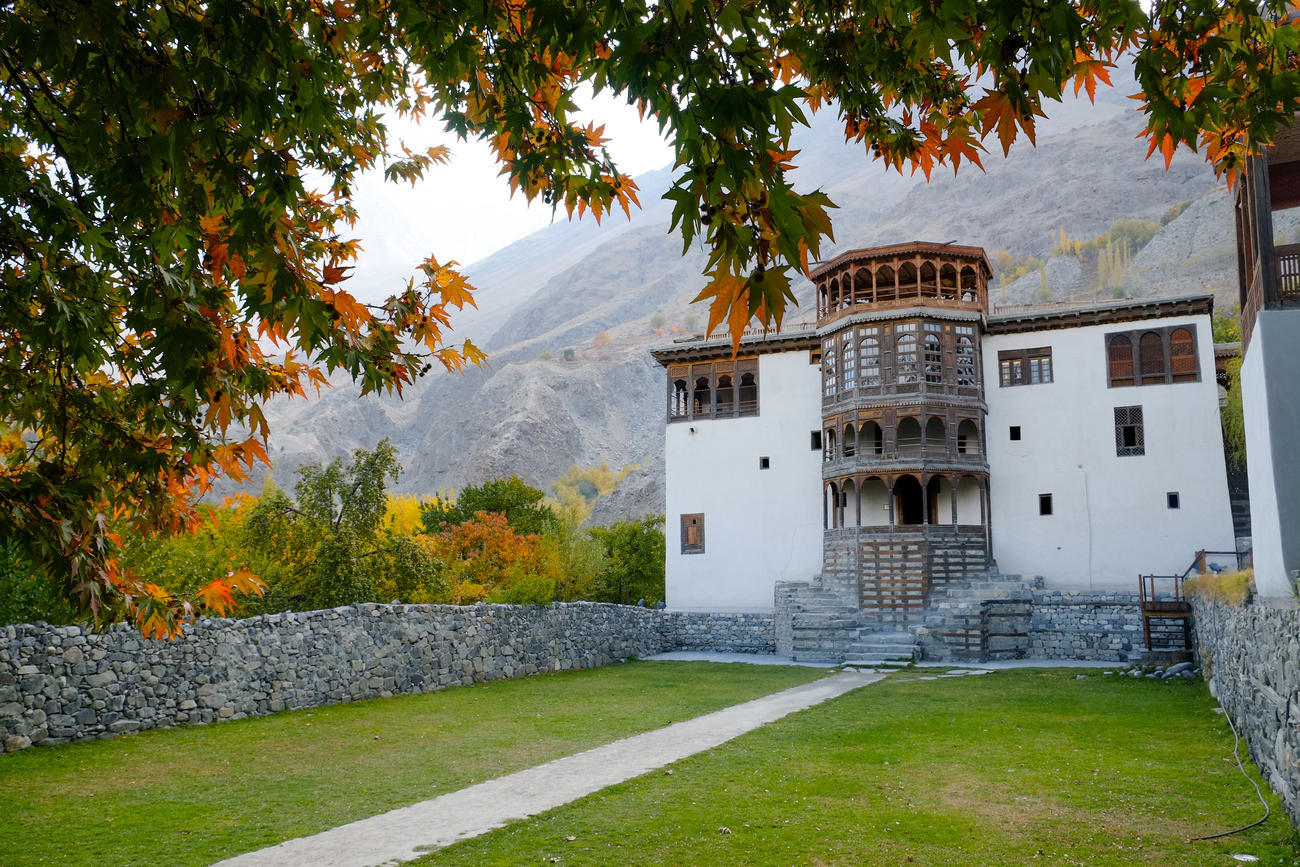
Khaplu is a beautiful village just a few miles east of Skardu with picturesque terraced fields growing all sorts of crops. Khaplu was once a famous and wealthy kingdom and the Khaplu Palace was once the residential fort of the local ruler. Recently the Aga Khan showed interest in the palace, which has now been renovated into an exquisite hotel where our guests will stay.
Khunjerab Pass

The highest point on the famous Karakoram Highway and the highest paved border crossing in the world, the Khunjerab Pass lies at a lofty 4,693 metres, straddling the frontier between Pakistan and the Xinjiang Autonomous Region of China. Located amongst some of the most spectacular mountain landscapes on the planet, the pass, which was completed in 1982, links the barren wastes of Pakistan’s desert gorges with the fertile high altitude plateau of the Chinese side, where grazing herds of yaks and sheep live amongst the local populations of Tajik herders.
MORE INSPIRATION IN PAKISTAN
Lahore
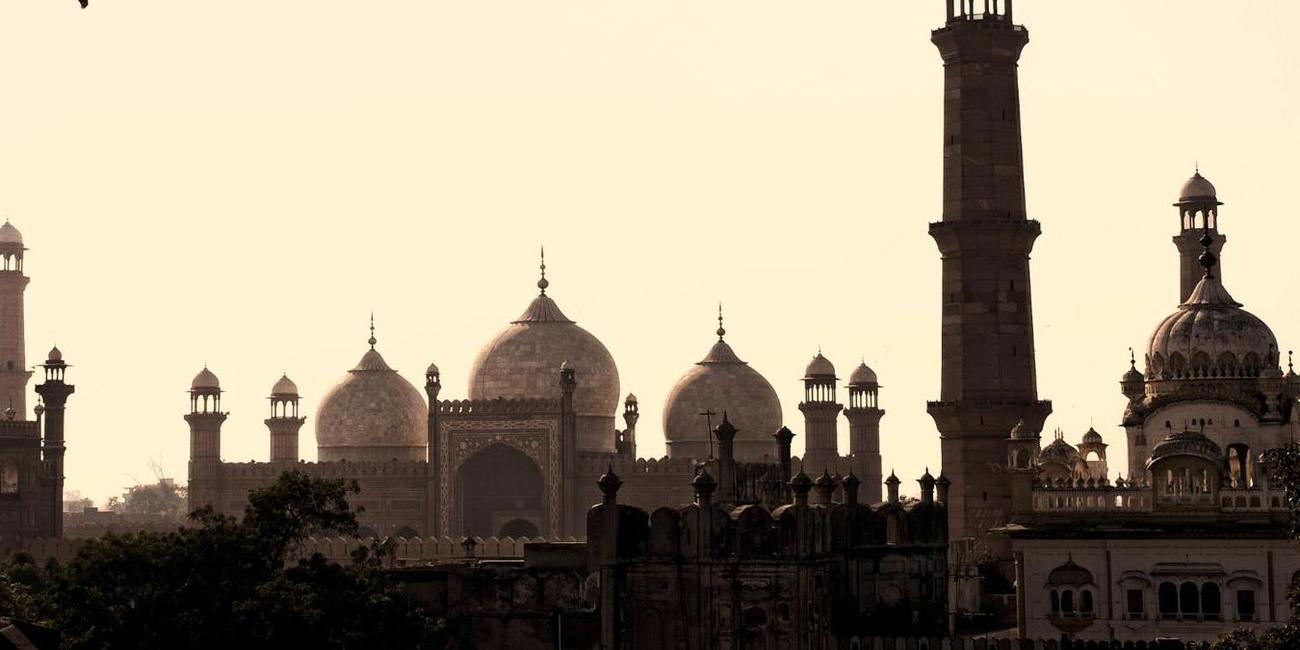
Other than the many famous historical monuments, this city, the second largest in Pakistan, is also known for its beautiful gardens laid out during the Moghal Empire and the British Raj. Its faded elegance, busy streets and bazaars and wide variety of Islamic and British architecture, make it a city full of atmosphere, contrast and surprise. The people of Lahore, when they want to emphasize the uniqueness of their town, quite simply say - "Lahore is Lahore". The traditional capital of Punjab for a thousand years, it had been the cultural centre of Northern India extending from Peshawar to New Delhi.
Larkana
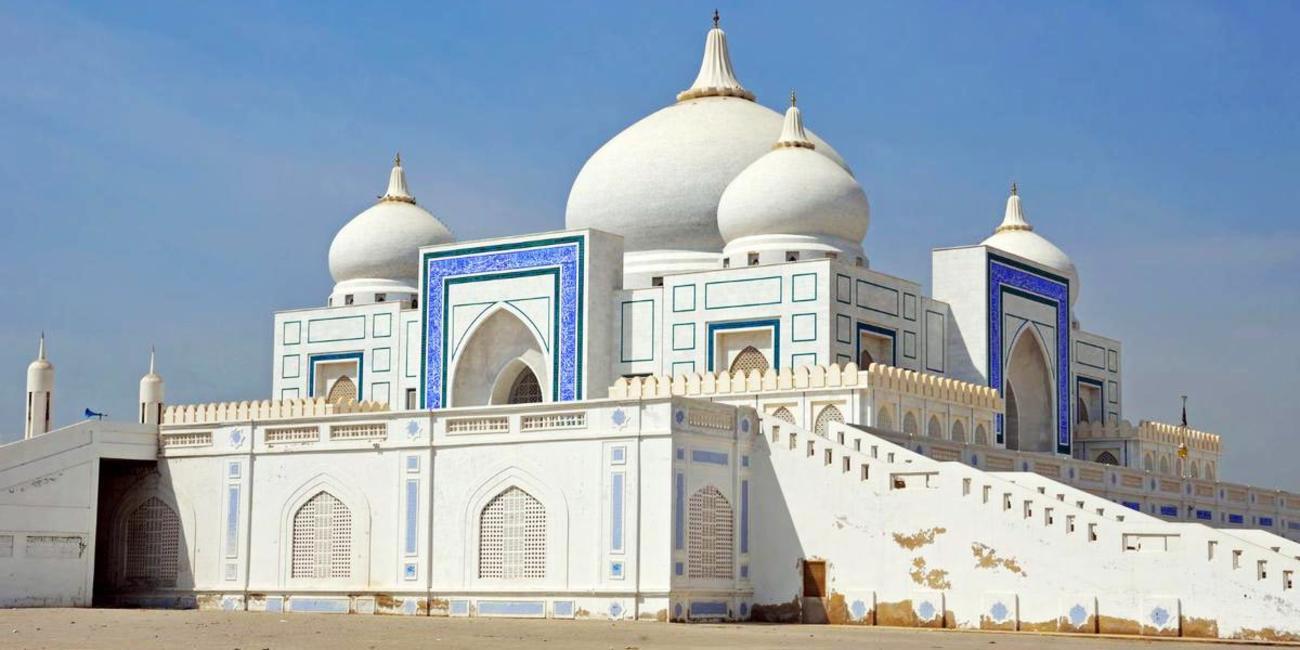
With a history that stretches back millennia, Larkana is home to the ancient site of Mohenjo-daro, once one of the largest settlements of the Bronze Age civilisation that occupied the Indus Valley around 2500 BC. Occupying a fertile plain that once saw it christened the “Garden of Sindh”, the city has in recent years become better known for its connection with the powerful Bhutto family (Zulfikar Ali and Benazir Bhutto are both buried here). It is its historic antecedents that draw the visitors though, in particular the nearby setting of Mohenjo-daro (Mound of the Dead). Once the most advanced city of its time, and covering some 300 hectares, today the site is lauded as one of the best-preserved urban settlements anywhere in South Asia.
Multan
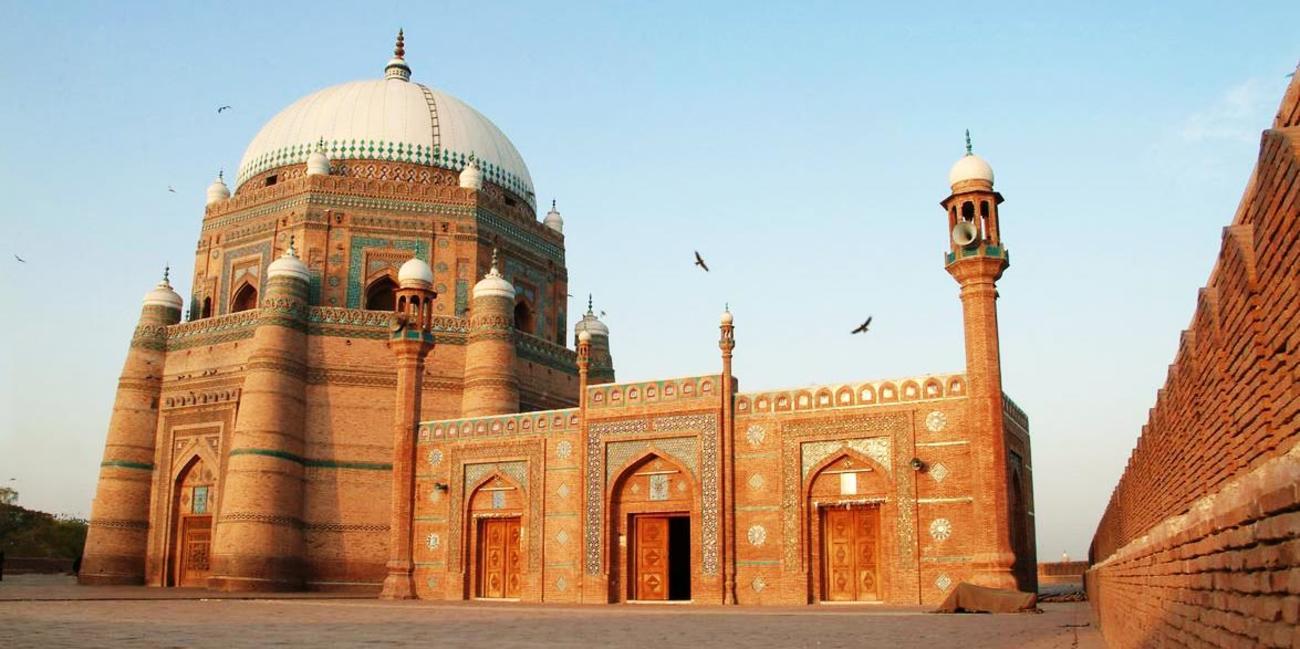
Amongst the fertile plains that are fed by the waters of the Chenab River, Multan’s history stretches back through antiquity. Besieged by Alexander the Great and conquered by the Arabs under Muhammad bin Qasim in the 8th century, it was once one of the most important trading centres in medieval Islamic India. During the 11th and 12th centuries it attracted Sufi mystics from across the region, to such a degree that the city went on to earn the title of “City of Saints”. Today it is home to a staggeringly rich collection of Sufi shrines, including those of Bahauddin Zikria, Shah Rukn-i-Alam and Shams Tabriz, the latter of whom is believed to have been the spiritual teacher of Rumi himself.
Peshawar
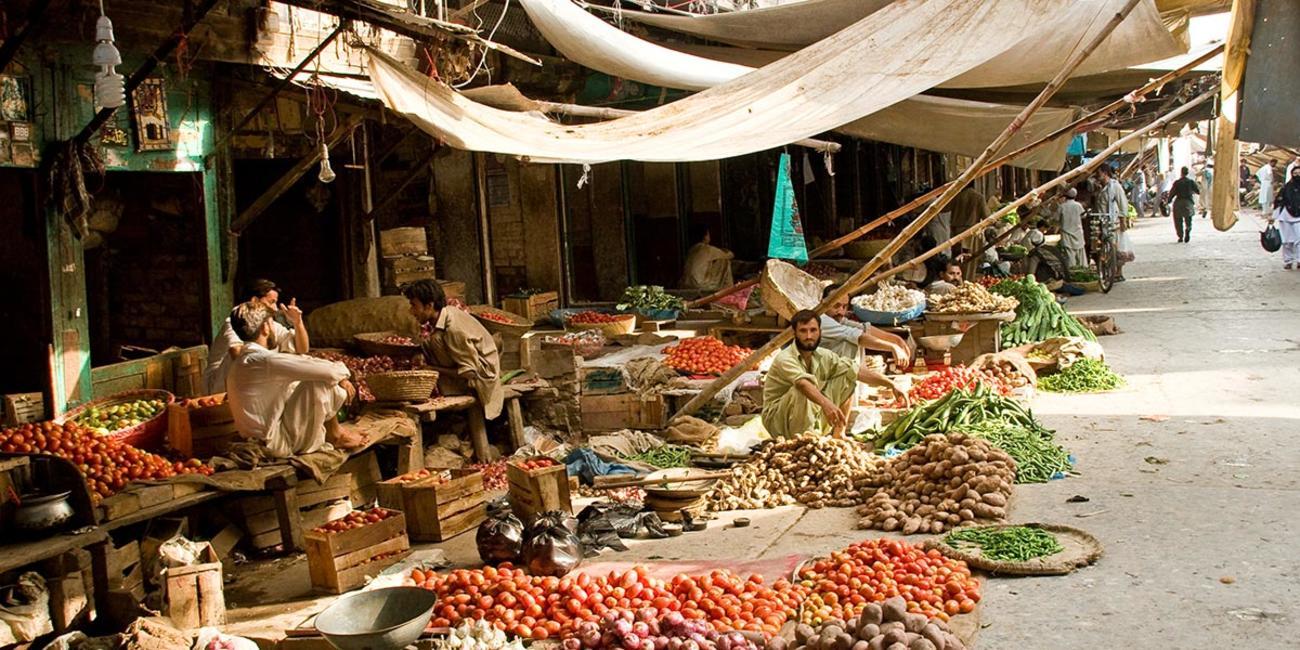
Like many of the subcontinent’s bustling bazaars, the streets of old Peshawar – especially around Qisa Khawani, the storyteller's bazaar – are a swirling kaleidoscope of colour, cultures, races and creeds, only here it’s on a massive scale. The jewellers don’t have stalls next to the cloth merchants, or the leather sellers close to the vegetable traders; squashed into the sunless alleyways, the merchants have their own bazaars all to themselves. It’s a noisy place buzzing with life and energy: a storybook town, echoing the times of The Arabian Nights. For the traveller to wander the streets, lost in this very different world, is simply a joy. Whenever possible we stay in the heart of the old town at the Khan Klub, an old haveli now converted into a fine heritage hotel.
Skardu
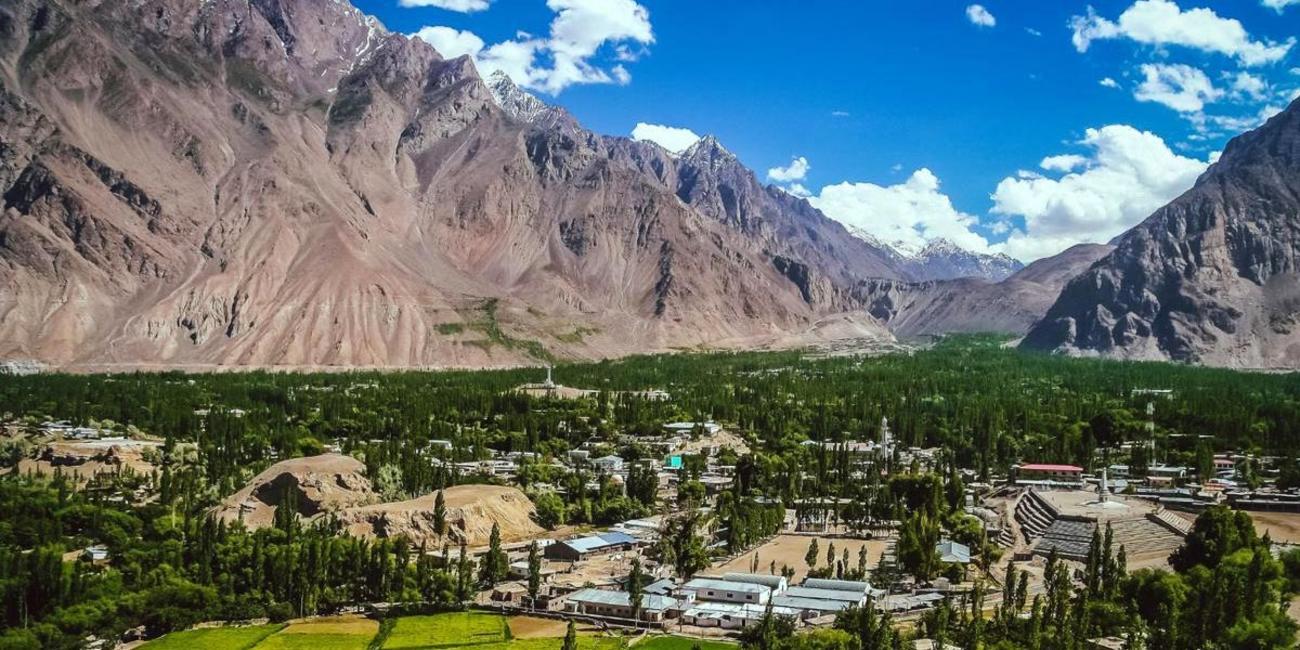
Set in a landscape of towering mountains, deep gorges, resounding waterfalls and calm, deep lakes Skardu is perched at an elevation of 2,286 m in the backdrop of the great peaks of the Karakoram mountain range. As the capital of Baltistan, it sits on the old tea and trade routes between China and the subcontinent and for trekkers and non-trekkers alike, it is a fascinating place to visit in Pakistan.
Sukkur
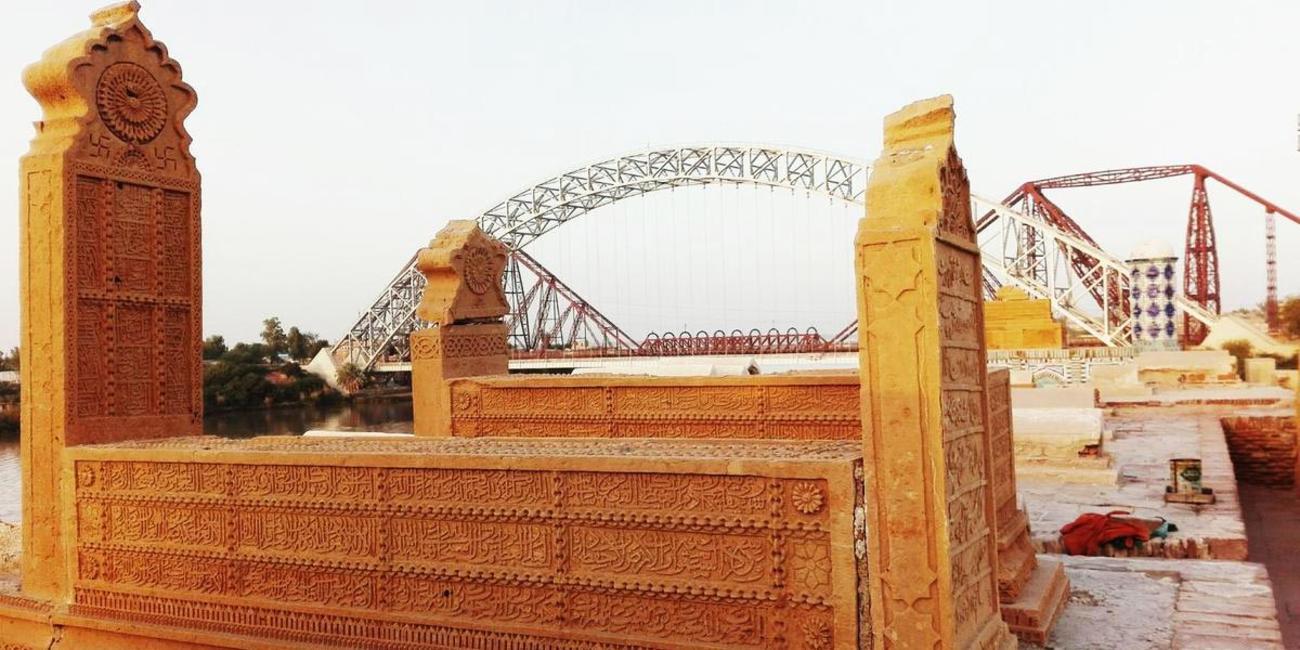
Situated on the western bank of the River Indus, the strategically important city of Sukkur has lain at the heart of trade in this region since time immemorial. With a historic pedigree that can trace its roots back to before the arrival of Alexander the Great in 326 BC, the city has, over the years, absorbed the influences of the Umayyads, the Mughals and the British. Indeed, it was under the auspices of the British, in the guise of Sir Charles Napier, that the modern city came into being. One of its most impressive landmarks stems from that period of British rule - the spectacular Sukkur Barrage, which was built between 1923 and 1932 and still remains the largest single irrigation network of its kind in the world.
The Kalash
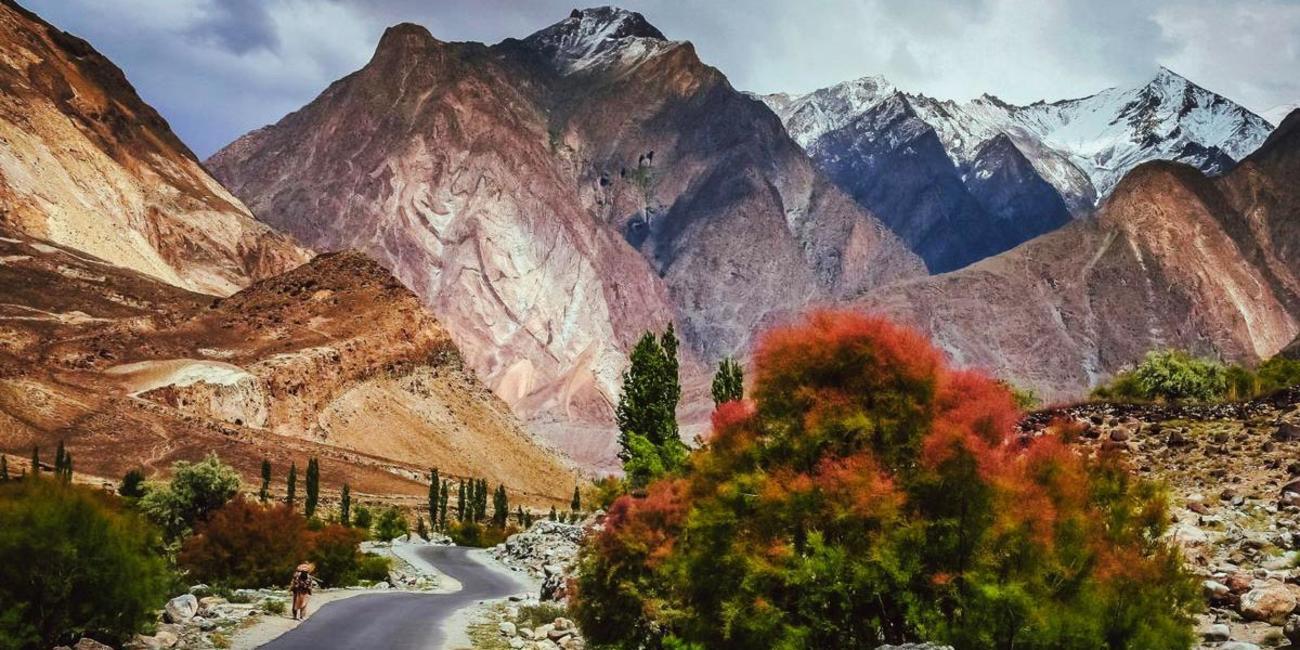
Obscured by time, the routes of the Kalash are steeped in myth and legend. Descended, they maintain, from the armies of Alexander the Great, the Kalash worship a plethora of ancestral gods and hold colourful religious festivals of music and dance. Though the men now wear the standard Pakistani shalwar kameez, the women still dress in traditional garb; voluminous black dresses held tight round the waist with thick red belts, flamboyant head-dresses made of wool, decorated with cowry shells, old buttons, beads and bells and, perhaps most striking of all, around their necks hang great strands of coloured beads. Practising the ancient agricultural system of transhumance, the Kalash divide the summer months between herding their goats in the high pastures and tending their crops of wheat and maize in the valleys.
The Karakoram Highway
The Karakoram Highway is the greatest wonder of modern Pakistan, connecting Pakistan to China on one of the most spectacular roads in the world. It twists through three great mountain ranges of the Himalayas, Karakoram and Pamir - following one of the ancient silk routes along the valleys of the Indus, Gilgit and Hunza rivers to the Chinese border at the Khunjerab Pass. It then crosses the high Central Asian plateau before winding down through the Pamirs to Kashgar, at the Western edge of the Taklamakan Desert. By this route, Chinese silks, ceramics, lacquer-work, bronze, iron, fur and spices travelled south and west while the wool, linen, ivory, gold, silver, precious and semi-precious stones, asbestos and glass of South Asia and the west travelled north and east.
The Shandur Pass
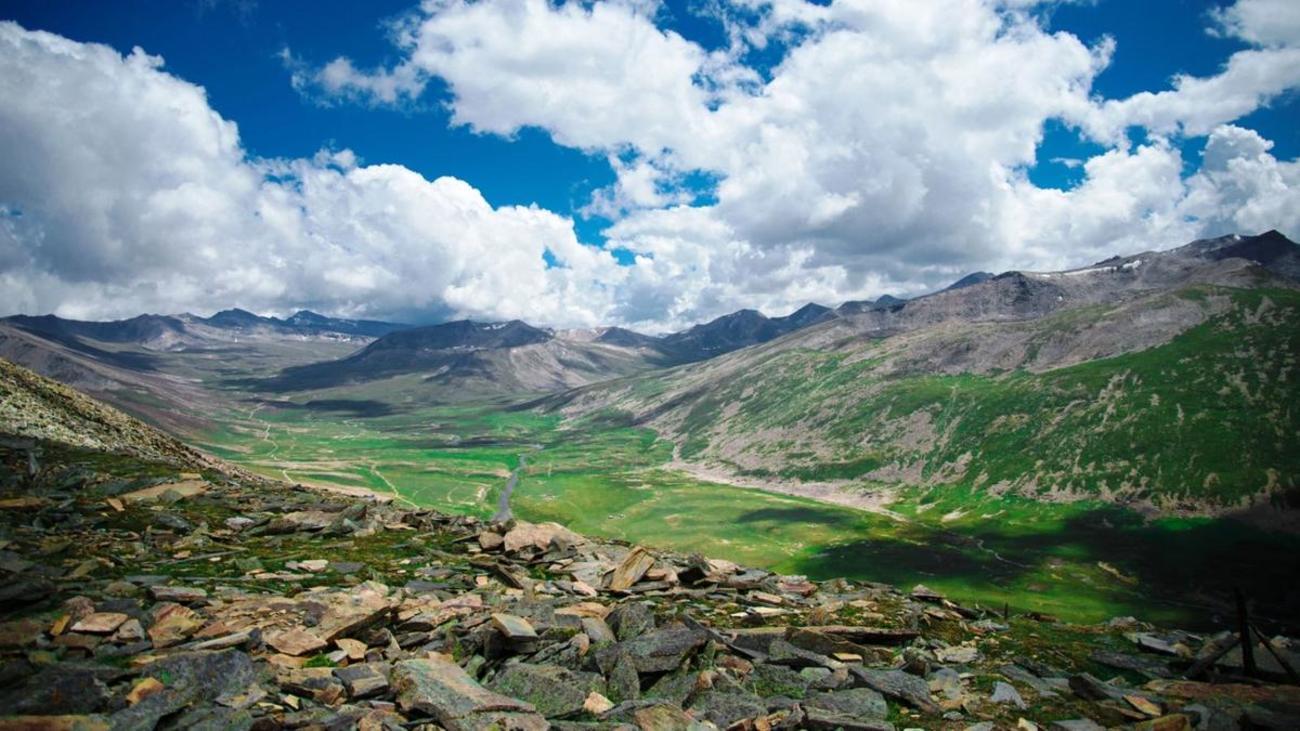
Situated between Chitral and Gilgit, in the heart of the Hindu Kush, the Shandur Pass is a spectacular mountain plateau rising to a height of almost 4,000 metres. Surrounded by snow-capped peaks, dissected by tumbling rivers teeming with trout and inhabited by grazing yaks, eagles, fox and the rare snow leopard, this is where the subcontinent dramatically transforms into Central Asia. It is also home to the highest polo ground in the world. In our opinion, especially during the polo festival in July, there is simply nowhere better. The three or four-day journey from Chitral to Gilgit is when Wild Frontiers truly lives up to its name.
